We’ve all heard the saying that dog is man’s best friend, right? Why is that so?
Is it because pets love us no matter what? Is it because they’re always happy to see us? Is it because they listen without judgement? Is it because they’re eager to please, don’t talk back, want to be right by our side, are huggable, are lovable, have eyes that see into our souls?
For me, all of the above!
{Most days, they’re better than humans} 😉
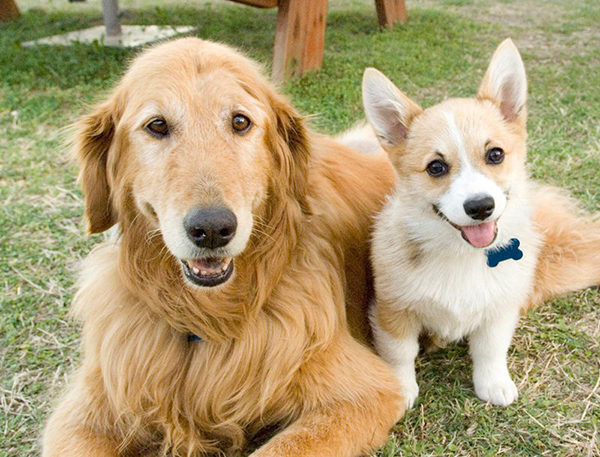
If you’re an animal lover (like me!), and already know you want a pet, the next step is to choose the right one for your home, yard, lifestyle, schedule, and budget.
But if you’re not there yet, you might be at the stage where you’re wondering if a pet is even a good idea. Maybe hashing out whether your busy family could care for a pet?
Now, I hate to break it to you. If you think your littles are going to take on all the responsibilities of pet ownership, you’ve got your head in the clouds. (I promise, you’ll be doing most of the caretaking!). But… a pet best friend could be the perfect addition to your home!
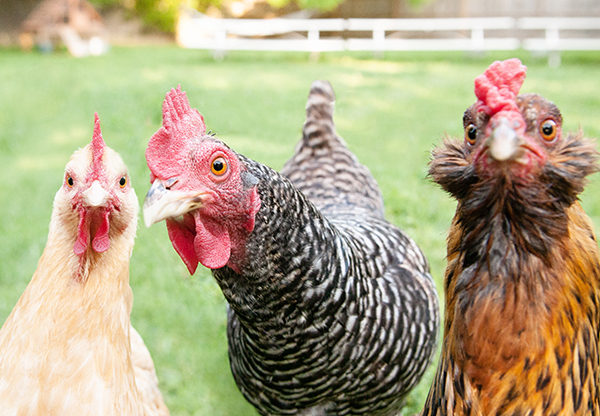
So I’ve teamed up with Ryan Howard, over at smartparentadvice.com , to really take a look at why pets are great for your kids!!!
“Have your kids started begging for a dog or cat? It seems like at some point, all kids eventually end up asking for a pet of some sort. Yes, they’re a major responsibility, but have you ever thought about why pets are good for kids?
Bringing a pet into your home may be a lot of work depending on the animal. However, your kids can benefit from taking care of it in so many ways.
The Benefits of Family Pets
It’s common knowledge that family pets are an effective way of teaching responsibility. But there are plenty of other lesser-known benefits for your children like retaining information better, developing empathy skills, and even encouraging physical health.
Pets Encourage Better Physical Health
Having a family pet can help your kids be healthier in more ways than one. Depending on the animal, one of your responsibilities may be to give it plenty of physical activity. For example, if your family pet is a dog, it probably needs at least one walk a day. Or, at the very least, an hour or so outside.
An animal brings an opportunity for both you and your kids to get some much needed physical activity to help promote a healthy lifestyle. Plus, walking and playing with your family pet can also lower the risk of your child developing some allergies.
Research has shown that babies who are exposed to pets, like dogs and cats, early on are less likely to develop allergies to pet dander and dust. The study also showed a decreased likelihood of developing outdoor allergies like ragweed and some grasses.
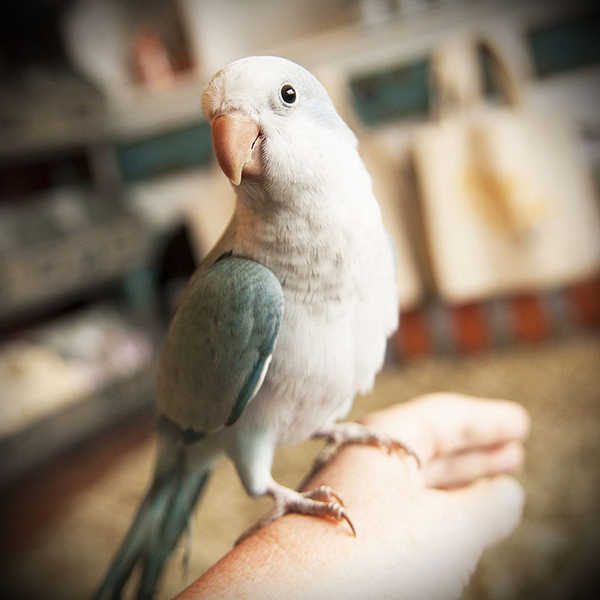
Pets Can Help With Cognitive Development
While this may seem odd and farfetched, it turns out this is a legitimate benefit to having a family pet. Studies have shown that children are much less stressed while reading to an animal than they are to an adult or peer. This data makes sense considering the animal can’t judge you.
Reading together with an animal can also help your kids develop fluency, vocabulary development, and confidence. Children benefit from repetition, so the more they read, the more comfortable they become with reading at a solid pace. Since animals don’t mind being read the same title over and over, it’s the perfect opportunity for fluency practice.
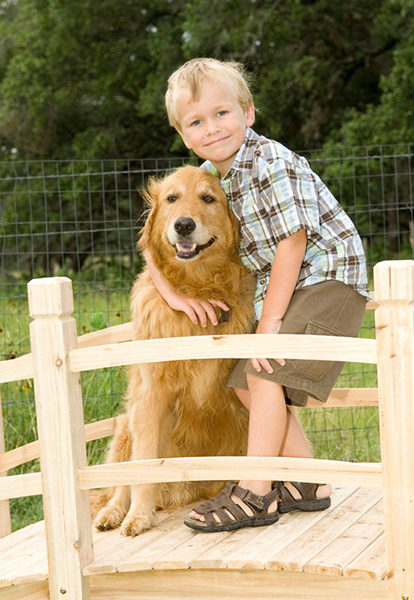
Pets Can Help With Big Feelings
There’s a reason animals are used in therapy and for emotional support. There’s just something about them that has an instant calming effect.
Many animals have instincts that alert them when people are upset, too. Their ability triggers a response in their brain that tells them to comfort the person who is hurt. Doctors say that children are more likely to turn to their pets than their parents when they have big feelings.
I’m sure you’ve seen animals, specifically dogs, around with special vests on indicating that they’re a support animal. The fact that dogs can provide support to their owners is a testament to how beneficial they can be to children with disorders like autism.
Not only can family pets help autistic children, but they can be beneficial to children who suffer from mental illnesses like anxiety and depression too. Emotional support and assistance dogs can be quite pricey, so you don’t necessarily need to go that route.
Just having a loving family pet at home can be enough to help your child if they’re suffering. However, if you feel like your child needs an assistance dog, some charities may provide financial help.
Pets Can Bring People Closer Together
Pets are also useful for children because they give everybody a chance to bond. Having a family pet provides everyone a minute to slow down and live in the moment. Whether it’s taking the dog for a walk or watching their kitten play with a laser, pets are proven to bring people together.
Having a pet also serves as a conversation starter. Because so many families have dogs, cats, or other animals, it’s easier for most people to relate to one another. Plus, when you have the same type of animal, you can set up days for them to meet and play together. Yes, even animals need play dates to socialize.
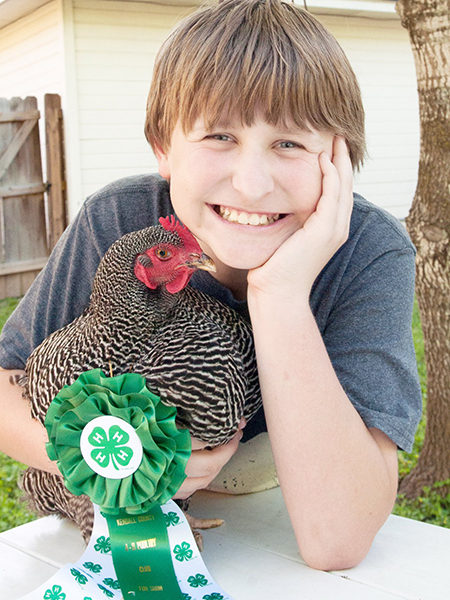
Pets Can Provide Protection
While domesticated animals are quite different from their wild counterparts, they all have one thing in common: an instinct to protect.
You may not feel like you need protection, but it’s a scary world out there. Having a pet will give your family an added layer of protection if anything bad were to happen. Think about how many times you were watching or reading the news, and you come across a story about a dog or cat saving their owner’s life.
Pets Are the Ultimate Responsibility Lesson
We all know how big of a responsibility some pets can be, which makes owning a pet a great lesson in trust for your kids. Depending on the age of your child, you can task them with certain chores that involve caring for the animal.
Your toddler or preschooler (ages 2–4) are at a good “helper” stage. While they probably aren’t ready to perform pet chores on their own, you can let them help you feed or exercise the family pet. This way, you can at least teach them about the responsibilities of pet ownership.
If your family pet is a dog, you can also show your toddler or preschooler how to say basic commands like “sit,” “shake,” or “rollover.”
Your beginning school-ager (ages 5–6) is probably ready to take on more individual responsibilities. You can task them with feeding duty or send them out in the backyard to run around with the family dog.
You also have an excellent opportunity for teaching hygiene skills at this age. If you have a cat, task your school-ager with cleaning the litter box. Be sure to remind them to wash their hands before and after.
As your child gets older (ages 7–8), you can task them with more complex pet chores like cleaning out the pet cage. You may also choose to trust them with the leash while going on walks. Keep in mind, though; your child will probably still need some supervision at this age.
Once your kids enter the “tween” phase (ages 9+), they’re likely ready to perform all pet duties on their own. Assign your kids with specific chores and make sure to check in to see if they’ve done their assigned tasks.”
And more! To read the full blog post: https://smartparentadvice.com/why-are-pets-good-for-kids/
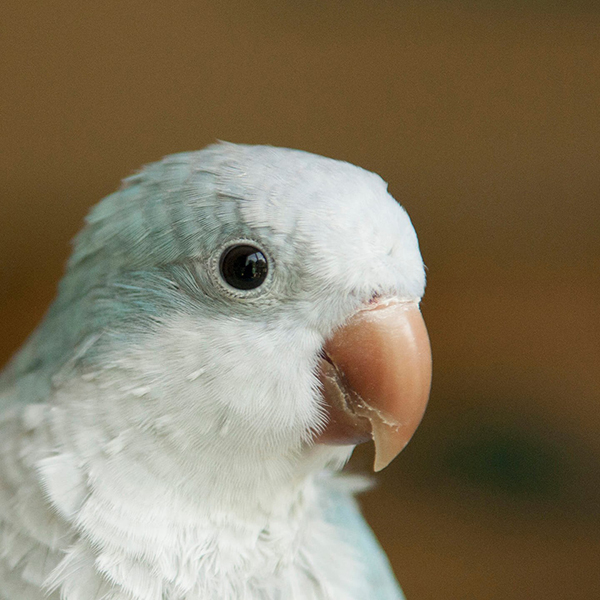
———————————————————————————————————————————————————————-
My history with pets:
We had outdoor cats or an outdoor dog while I was growing up. My mom always had a pair of love birds or finches. And I always found ways to talk my parents into pets in my bedroom- a hamster, then a cockatiel. Somehow, they even let me bring home a chick that my high school Biology class hatched. (until we realized no blanket was big enough to cover all the carpet, to protect it from chicken poop!)
During and after college, I worked at a veterinary hospital for several years. I adopted two dogs during this time. I even brought home the hospital’s resident dog on many weekends.
Since kids, we’ve changed things up even more. Ben grew up with our golden retriever Daisy. Evan has grown up with our corgi Sophie. The boys also had the coolest guinea pigs for a while (Bevo and Ranger). We are on at least year six of having backyard chickens. And we’ve even added parrots to the list (Kai is our Quaker parrot, our newest addition to the house).
They show us love and acceptance. They teach us compassion, caring, and responsibility. And they bring us joy and laughter.
Nothing is better than playing fetch with the pup, watching Farm TV in the backyard, or hearing the parrot have a full conversation with Roomba.

———————————————————————————————————————————————————————-
About Ryan and Smart Parent Advice:
Smart Parent Advice is a site that provides parenting advice for moms and dads. Ryan writes about all of the different ups and downs of parenting, provides solutions to common challenges, and reviews products that parents need to purchase for babies and toddlers.

Thanks for sharing! Your heartwarming tale beautifully captures the timeless bond between a boy and his dog. Thank you for sharing this touching story filled with love and loyalty!